‘Mooch’ has two different meanings depending on which side of the Atlantic you’re on. In British English ‘mooching’ is pretty relaxed – it means to wander or loiter aimlessly, often with no particular purpose in mind. We often have a mooch round the shops, for example. Across the pond, however, ‘mooching’ is a bit more sinister. In American English, it refers to someone who takes from others without giving anything in return, AKA a freeloader or sponger. (We do use it in this way over here as well, e.g. ‘he’s mooching off his friends’, although probably not as often...?)
A man, mooching
Whether you’re British or American, ‘mooch’ has been about since the mid-nineteenth century. It’s believed to originate from the Middle English word ‘mocchen’, which meant ‘to loiter or slink about’. This itself likely comes from an Old French word ‘muchier’ or ‘muscher’, meaning ‘to hide or lurk’. There’s also a possible influence from a Dutch word ‘mutsen’, which means ‘to sulk’ or ‘to dawdle’.
I asked ChatGPT why this change happened and it said that people in America have ‘a strong emphasis on self-sufficiency and individual responsibility’ which we Brits don’t. RUDE. So now AI is not only sexist (see previous word of the week, misanthrope), but also xenophobic. That bodes well for the future.




